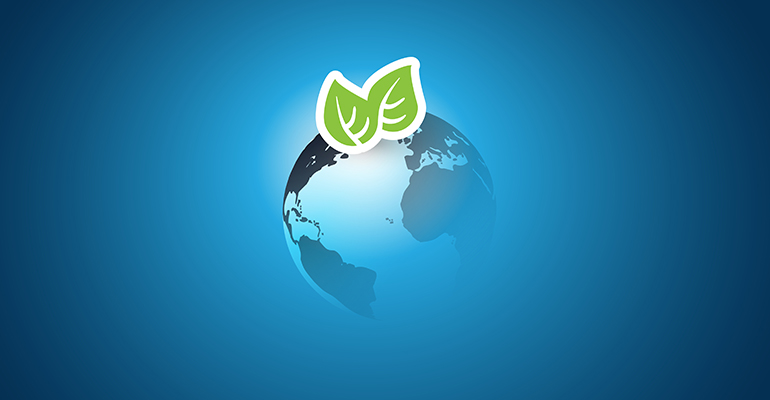News
PepsiCo commits to carbon neutrality by 2040
9 Feb 2021PepsiCo recently announced that it was stepping up its goals for greenhouse gas (GHG) emissions reductions, aiming to be net-zero by 2040, one decade ahead of the ambitious carbon neutrality goals set in the Paris Agreement. To begin, PepsiCo is working to lower emissions by more than 40% by 2030; previously the company committed to reducing emissions by 20% in this time frame.
“There is simply no other option but immediate and aggressive action," said PepsiCo CEO Ramon Laguarta in a statement. He said that the rate of climate change necessitated “urgent systemic changes.”

In 2019, the corporation released its annual sustainability report showing it generated 57 million metric tonnes of greenhouse gasses. By 2030, it hopes to half that number and report that its emissions stand at 26 metric tonnes of GHG. Already, PepsiCo has reduced its total emissions in Europe by 6%, according to a report by Forbes.
This herculean task that the food and beverage manufacturer set for itself will be completed in three stages. Between the first two phases, PepsiCo will eliminate 75% of emissions from its global direct operations by switching to renewable energy sources, which the company says will directly impact 30% of its energy usage. In Europe, the company that produces both Lay’s and its namesake soft drink is already committed to using 100% renewable energy by 2022, with 12 countries already meeting this bar. In the U.S., PepsiCo said it has already met its target of sourcing 100% of its electricity from renewable sources.
Other strategies that the manufacture will use in parallel to renewable energy are focusing on sustainable agriculture practices, such as low emission fertilizers, precision technology and regenerative practices to improve the soil. According to a press release, one-quarter of the company’s GHG emissions come from agriculture. Additionally, PepsiCo is looking to its packaging to reduce its environmental footprint and will continue to reduce its use of virgin plastic through its “Sustainable from the Start” program. By 2022, nine European markets are expected to use 100% recycled plastic bottles.
Another category that PepsiCo is looking at to reduce its overall emissions is in its supply chain and transportation by maximizing efficiencies and adopting low- or zero-emission fuel transport. Forbes reported that 90% of Pepsi’s GHG emission in 2019 came from employee’s travels, manufacturing and supply chain-related business activities.
While curtailing its own emissions is relatively straightforward, reducing emissions in its supply chain is a feat that will take PepsiCo flexing its muscles as one of the largest companies in the industry. However, with consumers clamoring for businesses and investors to take a more active role in reducing their contribution to climate change, PepsiCo has an opportunity to leverage these environmentally sustainable goals to attract consumers that are looking to support businesses that align with their values.
